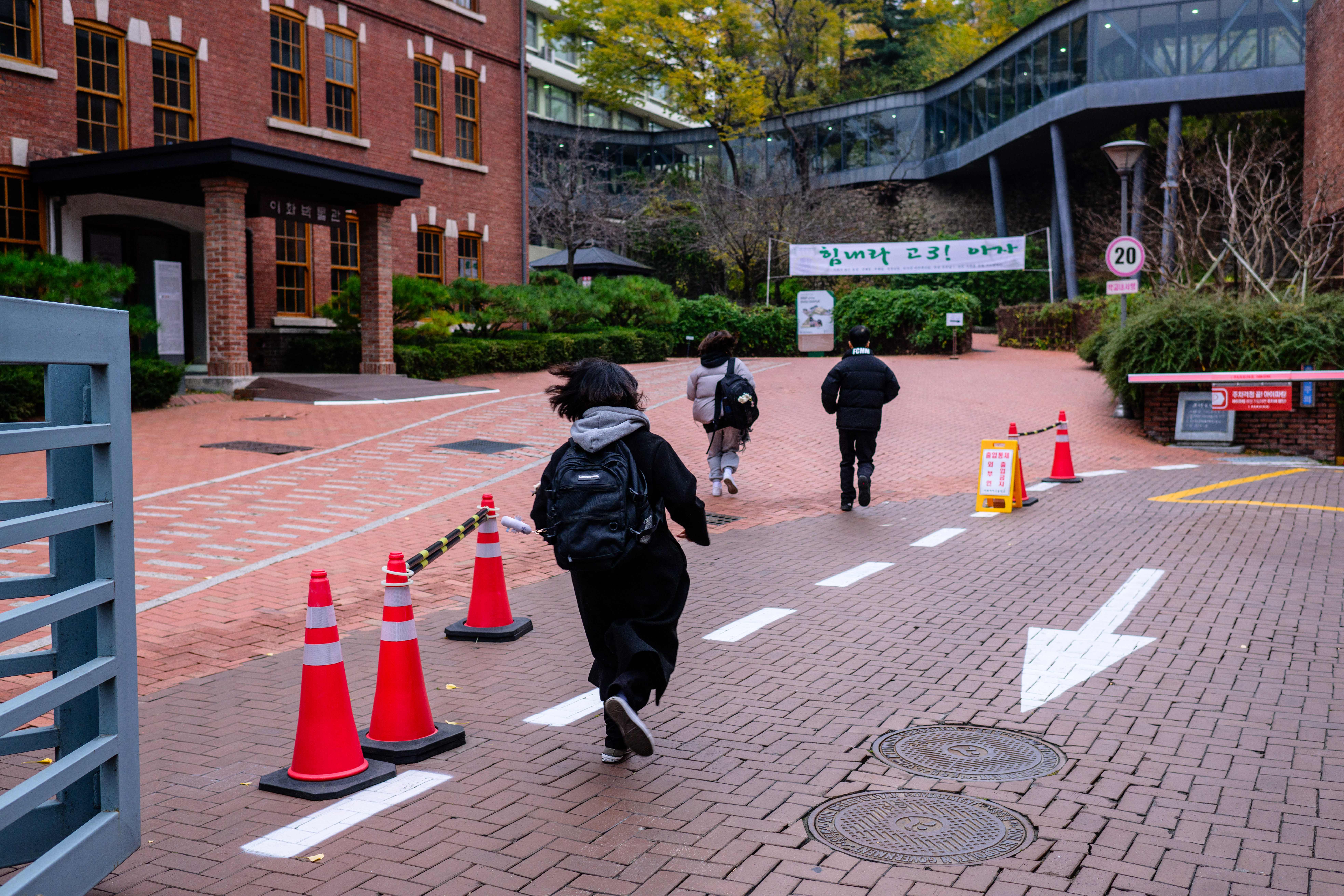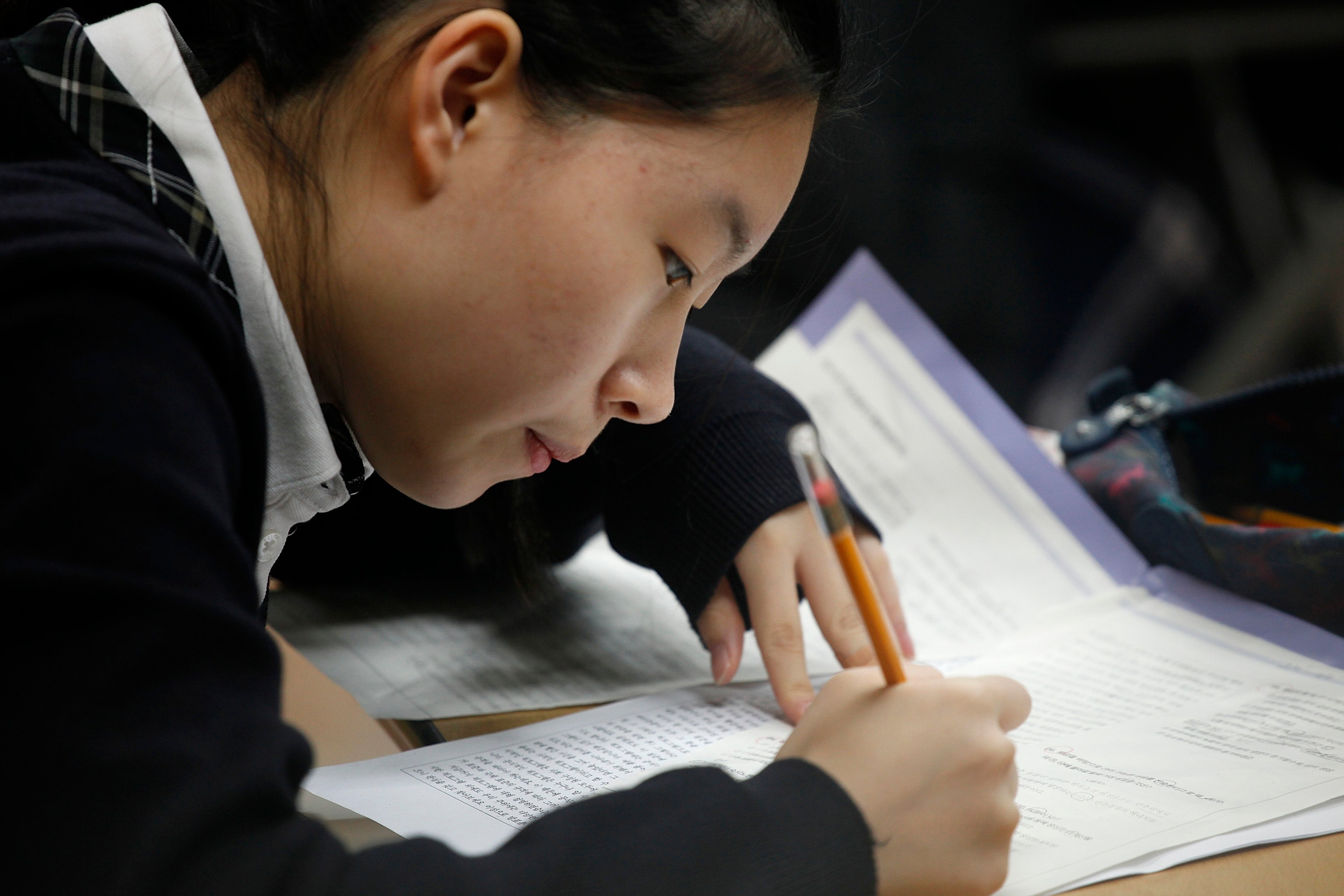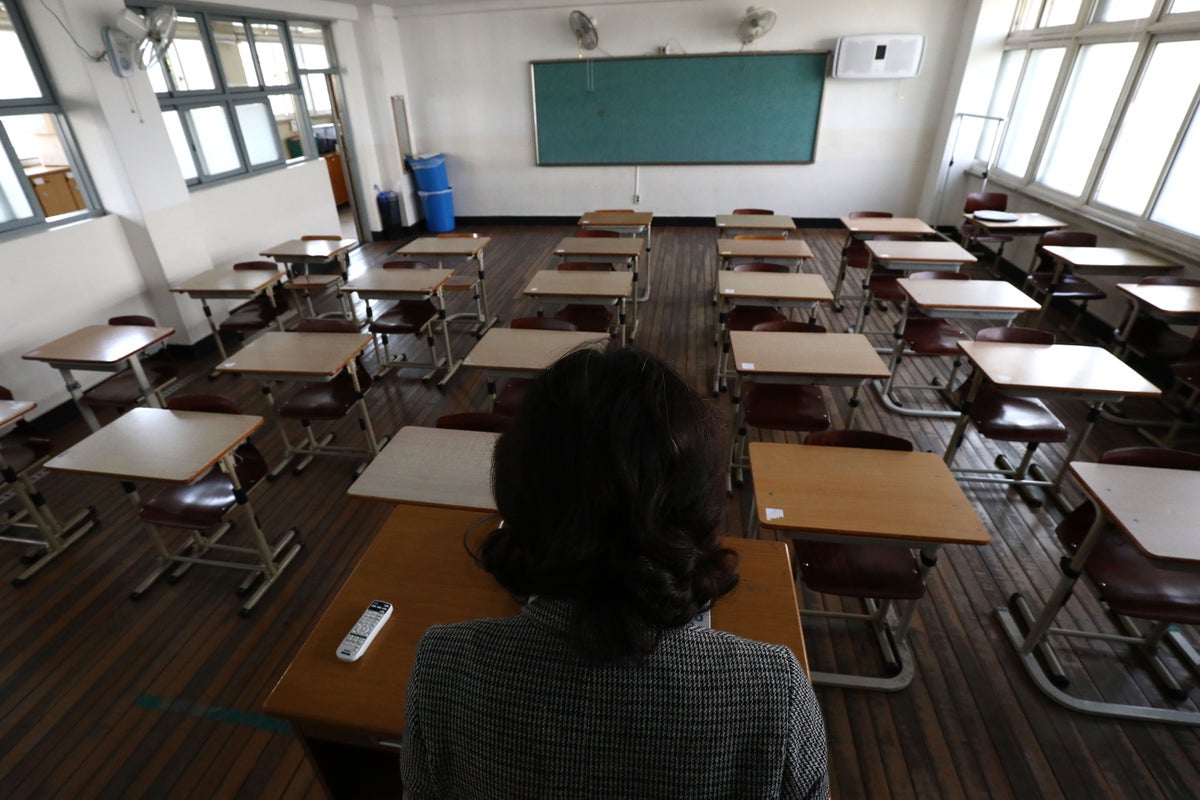South Korea’s rapidly worsening birth rate crisis continues as nearly 50 schools across the country are set to close in 2025 because there are not enough students.
According to data from the education ministry, 49 elementary, middle and high schools in 17 cities and provinces will shut down in 2025. Of the 49, 38 are elementary schools, while eight middle schools and three high schools are shutting down, reported The Korea Herald.
The data has also shown that 88 per cent of the schools that are shutting down are in rural areas, which has led to major concerns about the education gap between the capital Seoul and other provinces across South Korea.
The number of schools closing down due to student shortages has been steadily increasing, going from 22 in 2023 to 33 in 2024.
South Korea has been grappling with declining birth rate, among the lowest in the world, for a few years, with data from December 2024 showing that people aged 65 and above made up about 20 per cent of the East Asian nation’s total population of 51.22 million.
The government has called the demographic crisis a “national emergency” and taken steps to address it, ranging from offering financial incentives and childcare support to devising broader policies aimed at improving work-life balance, though none have made a significant difference.

South Korea’s total fertility rate – the average number of children a woman is expected to have in her lifetime – has been steadily declining since 2015. It fell below one child per woman for the first time in 2018, hitting 0.98, and dropped further to a historic low of 0.72 in 2023.
Experts have repeatedly warned that without sustained progress, South Korea’s population could shrink by half by 2100, exacerbating existing social and economic challenges.
The crisis is particularly evident in educational institutions, as schools and universities have resorted to merging existing majors or introducing new departments in an effort to entice more enrolments.
The data showed that 42 schools across North Gyeongsang Province, located in eastern South Korea, will have no first grade students enrolling come March. In similar situations are the provinces of South Jeolla, North Jeolla, and Gangwon, which will see 32, 25, and 21 schools with no new students.
Even though Seoul is seeing no school closures, the low number of incoming students is still a cause for concern. Marking a 9.3 per cent decrease from last year, only 53,956 children are set to enrol in elementary schools in Seoul this year, according to data from the Seoul Metropolitan Office of Education.
A report in Korea JoongAng Daily states that the Jungang Elementary School in Gwangju, which saw anywhere between 800-900 new students annually between 1975-1980, only has 23 students this year.
With schools shutting down, the buildings are being turned into offices for trade unions, Seoul Metropolitan Office of Education, and even senior welfare housing.
“With the decline in the school-age population, more schools will inevitably close. Instead of leaving them abandoned, we need to maximise their use as community assets based on residents’ needs,” said Lee Hyo-won, a Seoul city councillor from the People Power Party.

Students and professors from the sociology department at Daegu University organised a funeral-themed memorial in November 2024 after it was announced that the department would not be accepting new students from 2025, according to The Korea Times. Funeral wreaths, a common practice in Korea, were sent from other major universities to mark the closure of the 45-year-old department.
Only 14 students enrolled for the sociology degree, falling way below the capacity of 31 students.
“The decline in the number of first-graders is something that doesn’t happen in a day. It was an apparent problem that could be predicted in 2017 when the number of newborns plummeted,” Professor Cho Young-tae, head of the Population Policy Research Centre at Seoul National University, told The Korea Herald.
“This is not just a single ‘birth rate’ issue. The system of education will implode with the current rate of decline in birth rate and the number of children being born every year.
“There will be a domino effect, everything is connected.”



